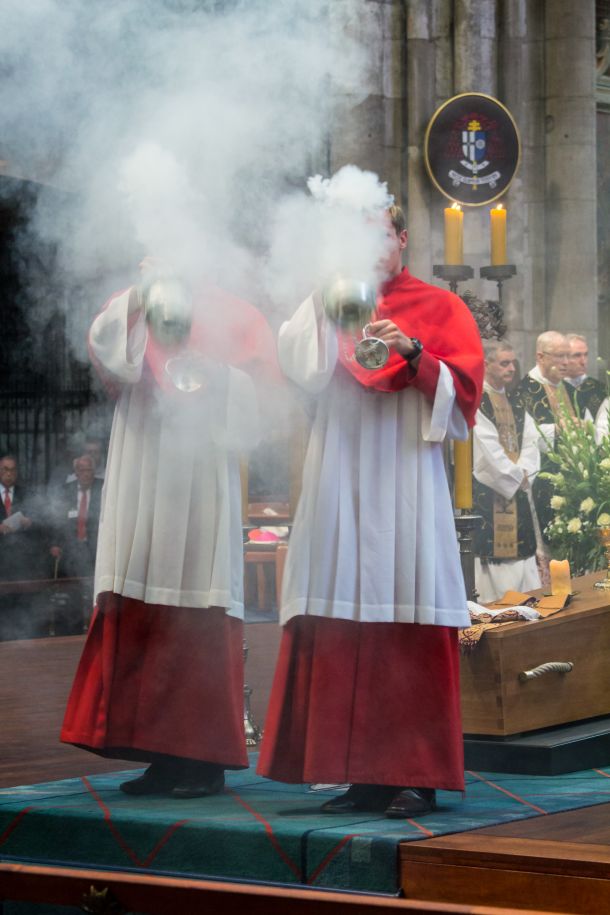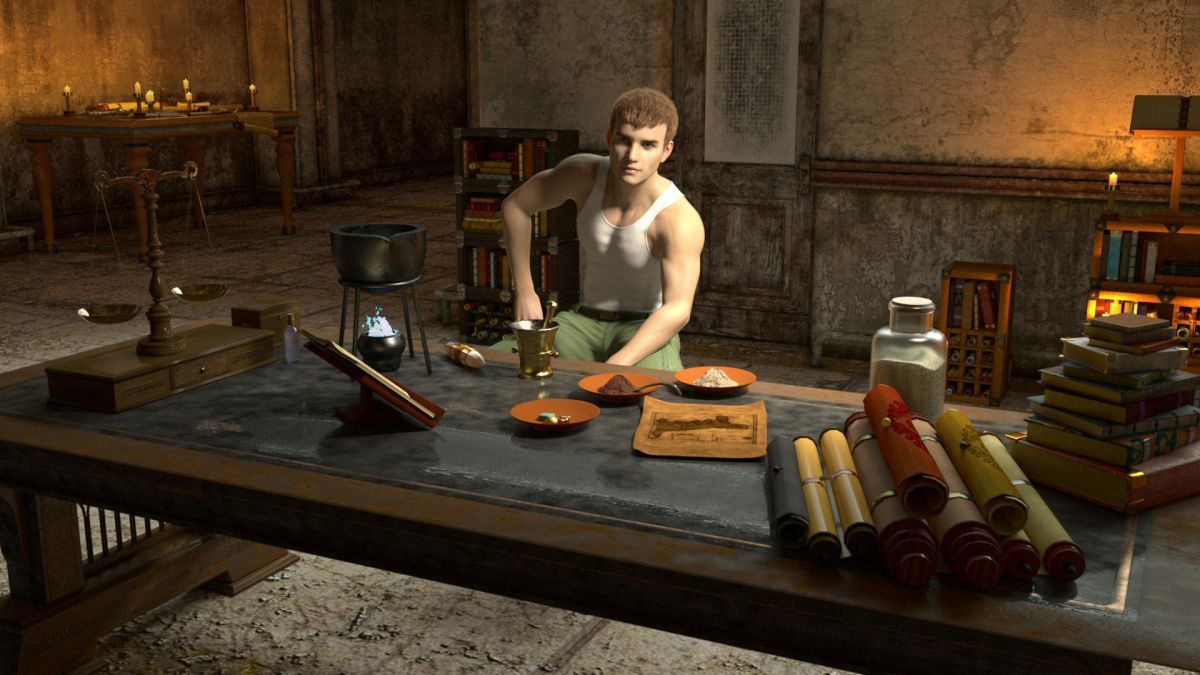Over on the Adventures in Woo Woo Dischord server, some folks expressed interest in learning about traditional or non-combustible incense. So, rather than assume a level of knowledge, I'm going to undertake to write a few articles covering the basics of using and making this type of incense for magic, ritual, meditation or just because you plain enjoy it.
Before we actually start talking about the incense itself, we need to talk about how you burn it. As the term 'non-combustible' implies, you can't just apply a flame to it and Bob's your uncle like most commercially prepared sticks or cones. These incense types, generally compounded from various herbs, resins and woods, require a heat source: commonly a hot charcoal briquette. Now, before you go grab a bag of Kingsford, there are specific kinds of charcoal made specifically for incense and these are easier to work with and healthier for use indoors and in close proximity (hookah charcoal is very much the same thing, and I tend to use it because its available in lots of forms and you can get it made from renewable resources liked compressed coconut shells; also because I smoke hookah and buy it in bulk).
Looking at incense or hookah charcoal, there are basically two kinds: self igniting and non-self igniting. Self igniting charcoal (often called quick lights) integrates saltpetre (potassium nitrate) a chemical used in fertilizer, rocket propellant and fireworks. Doesn't sound great, does it? It doesn't smell great either. But it does get the job done. Stick a flame to a piece of self igniting charcoal and once its done fizzing and sparking in about 30 seconds, you'll be ready to go (alright, it will take a minute or two for it two really heat up and start glowing red).

Non-self igniting charcoal is going to require a little more effort. For either kind, though, please be careful and have a pair of tongs on hand for handling your charcoal. Hookah smokers tend to have either a small heater designed for getting the coal going, or they have a hot plate dedicated to this purpose. You can also hold the charcoal (using those tongs) in a candle flame, over a lit gas burner, or against the flame of a serious lighter. I recommend the non-self igniting charcoal, but... I realize it's not for everyone. One thing I have never tried, but have wondered about: will the coal ignite in a pan? If you don't want lay the coals on your nice electric range, or ceramic topped stove... can you put the coals in a pan? I'm not sure if the pan will get hot enough to ignite the coal, but if it does, then you have a super hot pan to deal with.
Either way, you're going to need a place to put that hot coal once its going. The censer (or thurible if its fancy and has chains to swing it from) can come in a variety of shapes and forms. For most purposes, something simple will do but I would caution against re-purposing: this thing is gonna get hot. Which brings us to the next point: a layer of sand in your censer will be your friend, and you want a trivet or some sort of heat proof coaster to go under your censer (my friends and I will never forget the night the censer melted through the table; lesson learned).
If you want to enjoy your incense without the plumes of smoke pictured to the right here, you might want to look into something like this (though its the only one of its kind I have ever come across) to keep your incense from coming into direct contact with the hot coal. You can also use a bit of foil, curved up into a bowl shape to achieve the same effect: heating the incense without actually burning it.
Of course, if you DO want plumes and billows of smoke (you cloud chaser, you), then by all means pile the incense directly onto that hot coal. You'll find, in some quarters, the suggestion that these plumes of smoke are necessary for evocation to visibility. I can't speak for that. Its nice for dramatic effect, and sometimes that's what you are going for even when you are the only (?) audience.
But if you really want to enjoy your incense, keep it out of the fire.
Here's a brief video that demonstrates all of the above, including a method for lighting a natural charcoal made by (both the video and the charcoal) The Incense Dragon, AKA Carl F Neal: author, incense maker, teacher, all around great guy.

